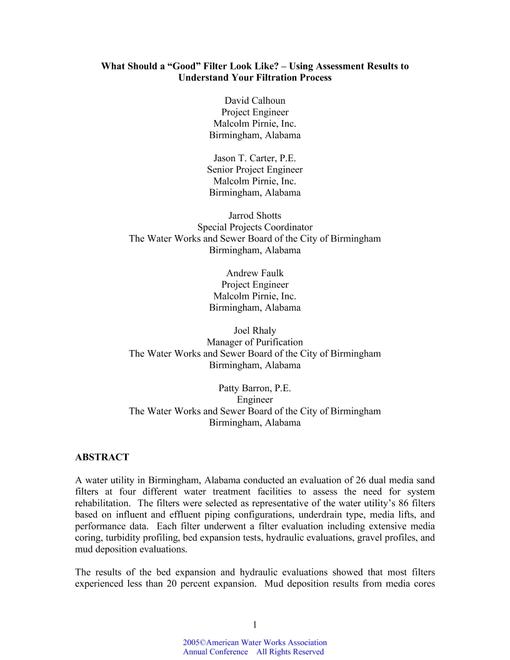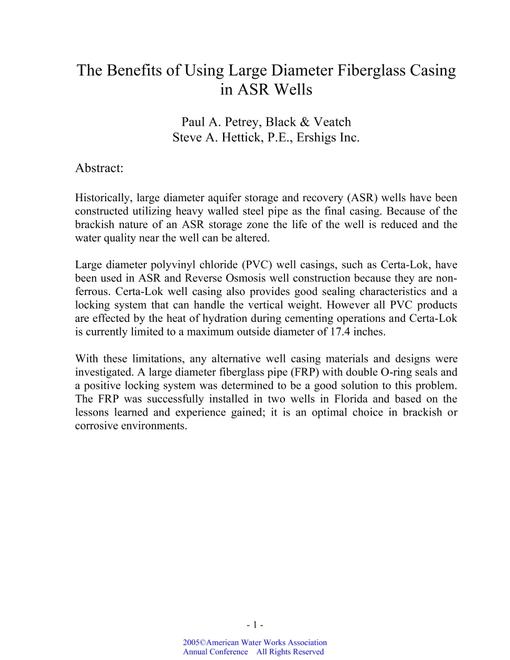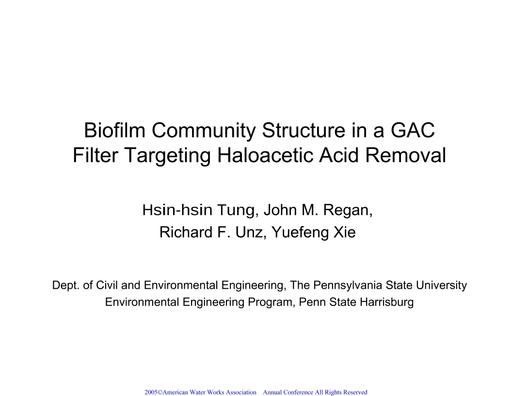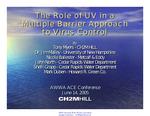Customers Who Bought This Also Bought
-

AWWA ACE61601
Priced From $24.00 -

AWWA ACE61607
Priced From $24.00 -

AWWA ACE61619
Priced From $24.00 -

AWWA ACE61738
Priced From $24.00
A redline document shows additions, deletions and other content and formatting changes between the active standard and the previous edition.
If you purchase a redline upgrade, you will receive TWO versions of the document – the current edition of the standard and the redline version.
To upgrade your document to include the redline version:
Multi-User PDF files allow you to purchase access to specific documents for use in your company for up to nine users.
To upgrade your PDF to a Multi-User version:
Upon completing your order, you’ll be prompted to enter the email addresses of the users who will need access to the PDF.
A redline Multi-User document gives you the both the ability to compare all the changes between the active standard and the previous version and to provide you with access for up to nine users.
There are corrections to this edition, which are available as separate documents.
There are amendments to this edition, which are available as separate documents.
Techstreet's Printed Edition + PDF option allows you to purchase a print edition of your document along with a PDF for immediate download at a package price.
This is a historical version of this document. A more current edition is available.
This is the most up-to-date edition of this document.
A secure PDF contains features that enforce existing copyright laws by preventing reproduction or distribution to other users. In order to successfully use your secure PDF, Adobe Acrobat Reader 8.0 or higher, and the free FileOpen plug-in installed.
| Device/OS: | Unknown |
| Browser: | Unknown Browser 0.0 |
| User Agent: | Mozilla/5.0 AppleWebKit/537.36 (KHTML, like Gecko; compatible; ClaudeBot/1.0; [email protected]) |
| Store Name: | hei |
| Page: | /hei/standards/awwa-ace61597?product_id=1233766 |
| Referrer: | Direct Navigation |
| IP: | 3.144.104.233, 172.70.130.214 |
| Language: | en |
| Customer #: | Not Logged In |
| Member?: | YES |
| Cart #: | 1227332149 |
| Order #: | None |
| Cookies: | YES |